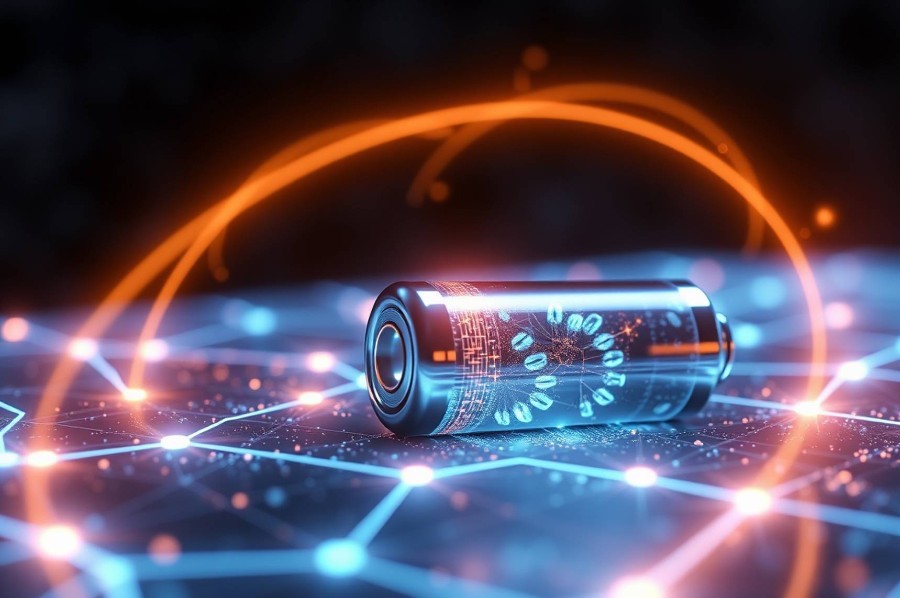Posted: Saturday, November 15, 2025
Topological Quantum Battery: Japan’s Blueprint for Loss‑Resistant Nanoscale Power
Rapid charge transfer and reliable on‑chip energy supply

Japanese researchers propose a topological quantum battery that transfers energy nearly perfectly and resists loss, enabling nanoscale power storage.
A new path for Nanoscale Energy Storage has been suggested by Japanese researchers using a topological quantum battery that offers near-lossless energy transfer and an unexpected resilience against energy dissipation. By fusing quantum coherence with topological protection, this idea—developed in partnership with international partners RIKEN Center for Quantum Computing and Huazhong University of Science and Technology—reframes how energy might be stored and transported at the quantum level.
Quantum Battery Principles
The concept of a "quantum battery" uses processes like "superposition" and "entanglement" to store energy in quantum states instead of chemical bonds, allowing for quicker charging and possibly higher extraction efficiency than traditional cells. Theoretically, ensembles of quantum systems can display collective characteristics like superabsorption that allow them to charge faster than the sum of their parts. This is an exciting property for both engineers and physicists.
Topological photonic waveguides coupled to arrays of two-level atoms serve as charger and store sites in a concrete theoretical architecture.
Topological photonic waveguides coupled to arrays of two-level atoms serve as charger and store sites, and topology ensures robustness against structural flaws, according to a concrete theoretical design outlined in a new Japanese-led effort. The model demonstrates how energy can be channeled and restricted with minimal dispersion by integrating quantum emitters in a topologically protected photonic lattice, which is a crucial step toward realistic device designs.
Dissipation and Robustness
One remarkable finding of the analysis is that dissipation, which is typically detrimental to quantum devices, can, under some circumstances, increase transient charging power. Additionally, when the charger and battery share a sublattice site, a type of dissipation immunity develops. This counterintuitive behavior raises the possibility that engineers could take use of controlled loss channels instead of just combating them, creating new opportunities for device optimization.
If such batteries are developed, they could power tiny sensors, store energy at the nanoscale, and connect directly to optical quantum communication or distributed quantum computing networks, where targeted, effective power delivery is more important than bulk energy density. The architecture is particularly appealing for integrated photonic systems and on-chip power routing due to its focus on long-distance, low-loss transfer.
Technical Challenges
Before any lab prototype powers a device, there are still significant obstacles to overcome: decoherence from external noise, the challenge of scaling microscopic quantum effects to macroscopic usable capabilities, and the materials and manufacture precision needed to maintain topological features. For fragile quantum states to remain intact long enough to be practical, breakthroughs in cryogenics, materials engineering, and error mitigation must match theoretical promise.
Outside of the lab, specialist applications like photonic circuits, quantum sensors, and microscale robotics are probably going to have the most practical short-term effects rather than consumer electronics or electric cars. However, long-term thinking about how power and compute may co-design at the lowest scales is reframed by the conceptual move toward information-based energy storage.
A combination of systems-level integration with classical electronics, focused materials research, and experimental validation is the way forward. If those actions are successful, Japan's plan may serve as the basis for a new class of devices that view energy not as a passive chemical commodity but as a manipulable quantum resource.